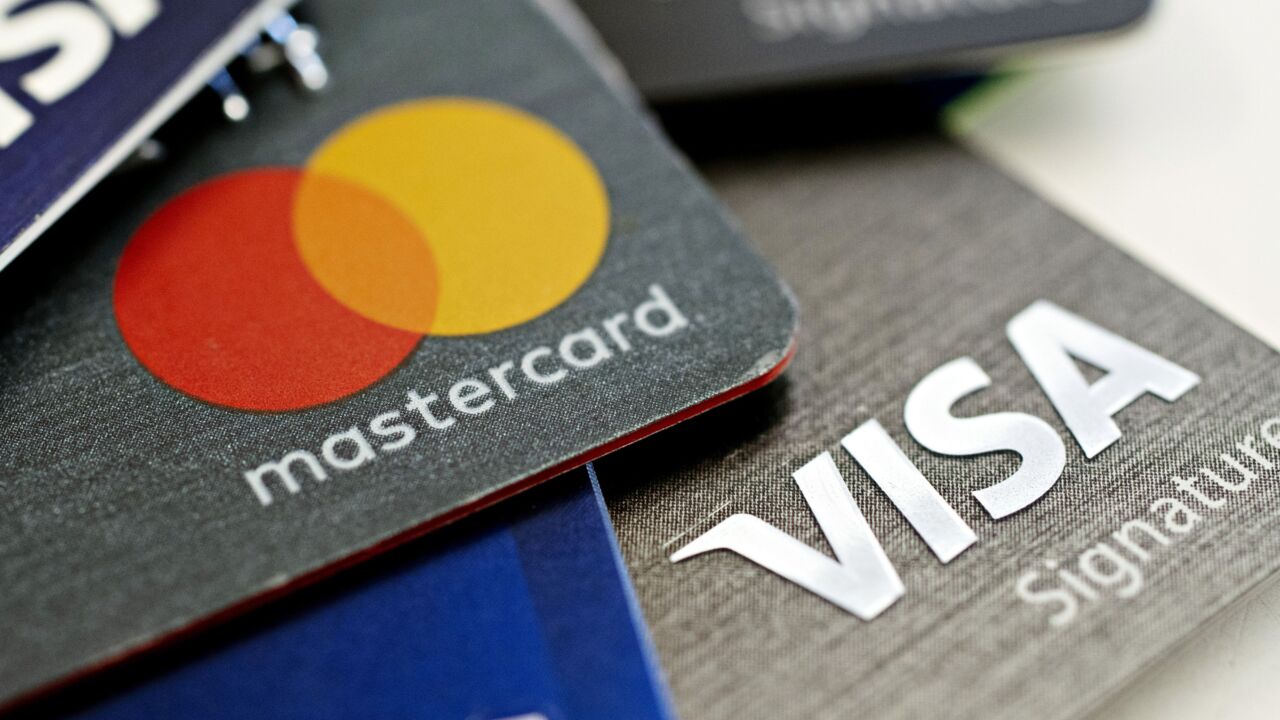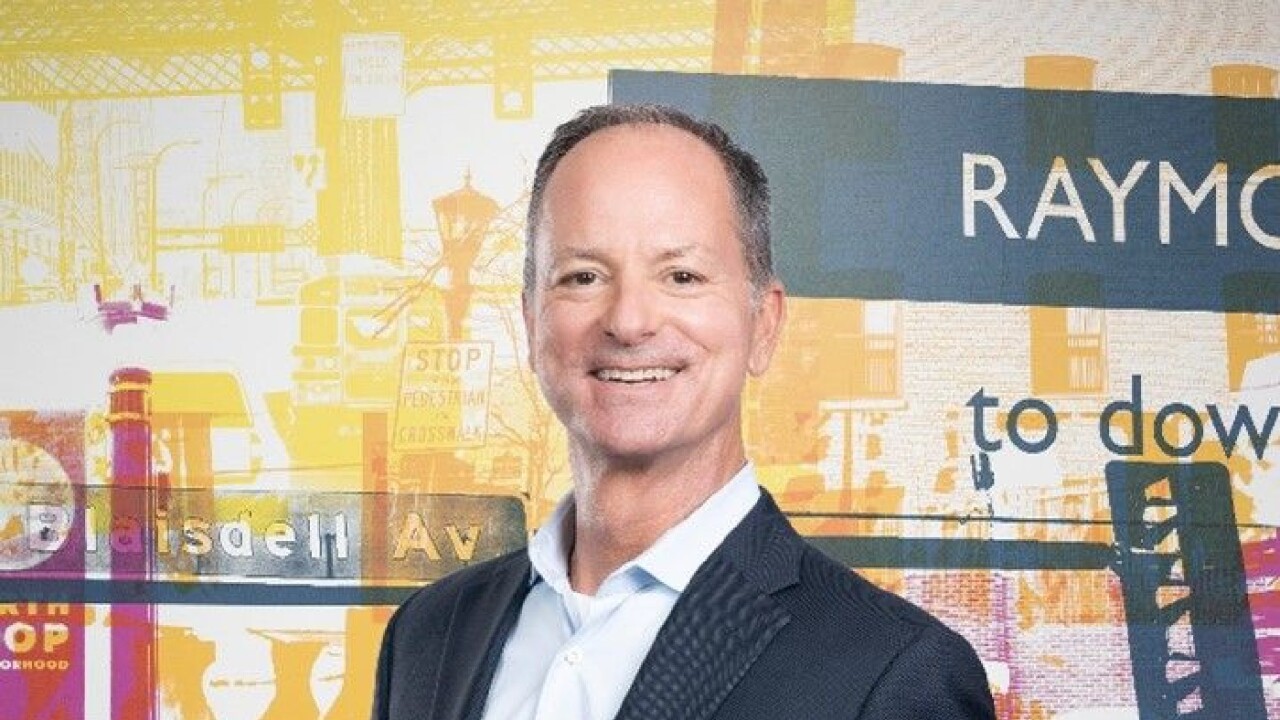The credit card business, while still a profitable niche for banks, is not as lucrative as it once was.
The latest evidence comes in a new study from a consulting firm, which estimates that fee income across the card industry fell by 10% between 2017 and 2018.
U.S. banks collected $99.7 billion in credit card fee income last year, down from $111.1 billion the year before, according to estimates by R.K. Hammer, a consultancy in Thousand Oaks, Calif.
Though revenue from swipe fees has been rising, as has money collected from customers who pay annual fees, those increases have been offset by declines in other types of fee income, the study found.

For example, revenue that card issuers earned from late fees totaled $11 billion last year, which was down from a peak of $22.9 billion in 2009. That same year, Congress passed a law that threatened to cut into the revenue that issuers derive from customers who fail to pay on time.
The law, known as the CARD Act, required full disclosure in billing statements of payment due dates and applicable penalties. It also mandated that the statements be mailed at least 21 days before the bill is due, and it barred banks from setting early-morning deadlines for payments.
Another likely factor in the erosion of revenue from late fees is the low unemployment rate, since consumers who earn steady wages are more likely to pay their bills on time. The seasonally adjusted number of initial claims for state unemployment benefits
“Not many people are paying late. You can look at the economy,” Bob Hammer, the consulting firm’s CEO, said in an interview.
Technological advances may also be eroding the revenue that card issuers derive from late fees, according to Christopher Donat, an analyst at Sandler O’Neill. He noted that consumers today are much more likely to receive automated alerts on their cellphones about when their credit card payment is due than they were a decade ago.
“They’re just much more aware of how much they owe at any given time,” Donat said.
The revenue that card companies collect from cash advance fees has also fallen sharply in recent years. Those fees, which customers pay when they borrow cash, dropped from $30 billion in 2017 to $17.3 billion last year, according to the study.
Again, the strong U.S. economy appears to be a key factor, since consumers with steady incomes typically have less need for cash advances than those who are out of work.
Of course, with most customers staying current on their payments, credit quality is exceptionally strong. The percentage of credit card balances that are at least 90 days late has bounced between 7% and 8.5% over the last five years, a relatively low range last seen in the late 1990s and early 2000s, according to data from the Federal Reserve Bank of New York.
As a result, large credit card issuers have been enjoying loss rates that are low by historical standards.
Still, the card industry’s profit margins have been shrinking, due in large part to the decline in fee income. The return on assets at large U.S. credit card banks was 3.37% in 2017, its lowest level in seven years, according to a July report by the Federal Reserve.
The credit card business is seeing a decline in one key measure of profitability at the same time that the U.S. banking industry as a whole has been improving its performance. All U.S. commercial banks reported a return on assets of 1.32% in 2017, up from 1.23% three
years earlier.
Brian Riley, an analyst at Mercator Advisory Group, said he expects the card industry’s profit margins to continue to slip over the next two years. That is partly because he expects more loans to be charged off. He also expects a slowdown in the opening of new credit card accounts.
“There’s still plenty of money, but the margins are slipping,” Riley said.





